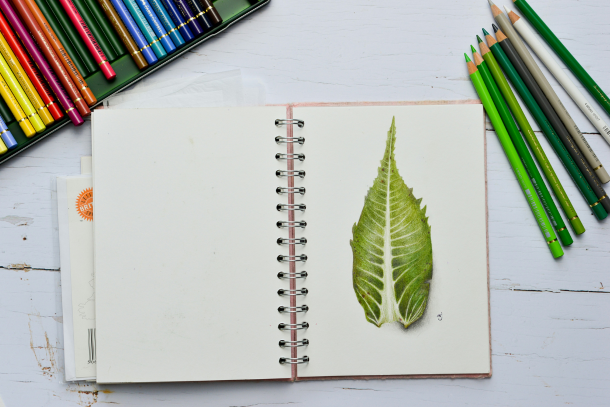Unlocking Tranquillity: A Beginner's Guide to Relaxation Through Watercolour Painting
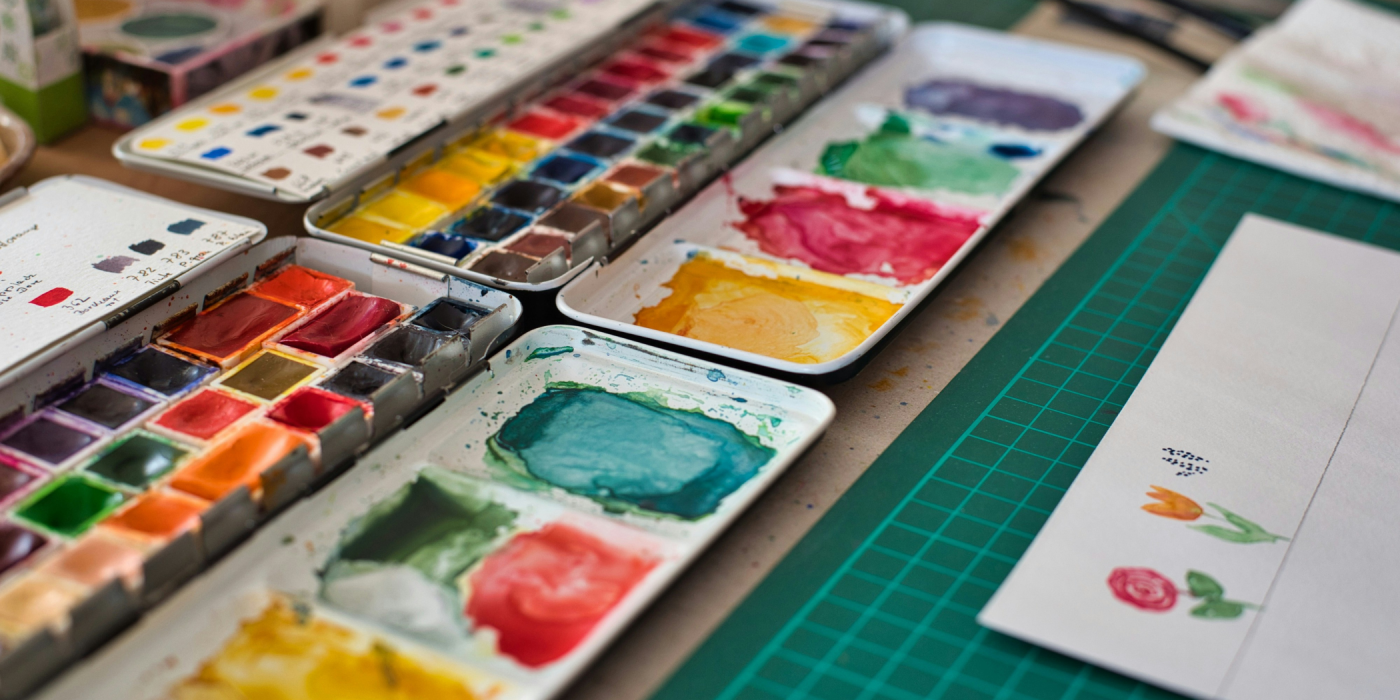
Watercolour painting, known for its delicate and translucent qualities, stands as a revered art form that merges the fluidity of water with the vibrancy of paint. This unique medium allows for a range of artistic expression, from vivid landscapes to subtle abstracts, making it an appealing choice for artists of all skill levels.
The Essence of Watercolour Painting
Watercolour painting offers an accessible entry point into the world of art due to its relatively simple setup and forgiving nature. Unlike oil painting, which may require a substantial investment in materials and space, watercolour painting can be started with just a few basic supplies. This simplicity makes it an ideal choice for those new to the arts or looking for a creative outlet that doesn't demand a significant initial commitment.
Art Therapy and Relaxation
The concept of art therapy revolves around the use of artistic methods to treat psychological disorders and enhance mental health. Watercolour painting, in particular, is often used as a therapeutic tool to foster relaxation and emotional release. The act of blending water and paint can serve as a meditative practice, helping individuals to focus on the present moment and reduce stress. This therapeutic aspect is especially beneficial for beginners, who may find the process of creating art to be a soothing escape from the stresses of daily life.
Our Journey Begins
This guide aims to explore the intersection of art therapy and watercolour painting, providing beginners with the knowledge and tools needed to embark on their own artistic and therapeutic journey. Through step-by-step instructions and practical tips, we will delve into how watercolour painting can become not only a hobby but also a path to greater relaxation and personal fulfilment.
The Therapeutic Benefits of Watercolour Painting
Psychological and Emotional Benefits
Watercolour painting is not just an artistic endeavour; it's a therapeutic tool that offers substantial psychological and emotional benefits. Engaging in this form of creative expression can lead to significant stress reduction and promote mindfulness. As you focus on mixing colours and applying gentle brush strokes, your mind is drawn away from daily stresses, encouraging a meditative state that enhances mental clarity and emotional equilibrium.
Moreover, watercolour painting serves as a powerful medium for emotional expression and release. The fluidity of watercolours allows for the spontaneous expression of feelings, helping to convey emotions that might be too complex to articulate with words. This process can be incredibly cathartic, providing a sense of relief and personal insight.
Additionally, this artistic practice aids in the improvement of concentration and fine motor skills. As painters learn to control their brush strokes and manage the flow of water, they enhance their hand-eye coordination and develop a sharper focus. These skills are beneficial not only in the realm of art but also in everyday activities requiring precision and careful attention.
Testimonials and Expert Opinions
To further underscore the therapeutic value of watercolour painting, numerous testimonials and expert opinions can be cited. Art therapists frequently advocate for the use of watercolour painting in their sessions, noting its effectiveness in reducing anxiety and fostering a positive mental state. Clients often report feeling more relaxed and emotionally balanced after painting sessions, highlighting the profound impact of this art form on mental health and wellbeing.#
Getting Started with Watercolour Painting
What You Need to Begin
Before you embark on your watercolour painting journey, it’s essential to gather a few basic materials. Here’s what you’ll need:
- Paints: Opt for watercolour tubes or pans. For beginners, a set of primary colours (blue, red, yellow) along with black and white is sufficient to mix and create various shades.
- Brushes: Purchase a range of sizes. A small, medium, and large brush can cover most projects. Round brushes are particularly versatile for beginners.
- Paper: Watercolour paper is thicker and more absorbent than regular paper. Start with a medium texture (cold-pressed), which is forgiving for beginners.
- Palette: To mix your colours, a simple white ceramic plate or a plastic palette will do.
- Water container and cloths: Keep water for rinsing brushes and cloths or paper towels for dabbing brushes dry.
We also recommend beginners’ watercolour kits, which often include all the necessary items to start painting immediately.
Setting Up Your Workspace for Relaxation
The environment where you paint can significantly affect your relaxation and creativity. Here are some tips to create a calming workspace:
Choose a Quiet Corner: A peaceful area without frequent interruptions is ideal. Natural light is also beneficial, so consider setting up near a window.
Organise Your Space: Keep your painting tools within easy reach and your workspace tidy to minimise stress.
Personalise Your Space: Add elements that inspire tranquillity, such as plants, inspirational quotes, or calming colours.
Comfortable Seating: Ensure that your chair and desk are comfortable as you’ll be sitting for prolonged periods.
By preparing your materials and workspace, you are not only setting the stage for learning watercolour techniques but also enhancing your overall experience by creating a conducive environment for relaxation and creativity.
Basic Techniques and Tips for Beginners
In this section, we delve into the foundational techniques of watercolour painting, ideal for those just starting their artistic journey. Mastering these simple methods can greatly enhance your ability to express yourself through paint and find relaxation in the creative process.
Wet-on-Wet Technique
The wet-on-wet technique involves applying watercolour onto a damp paper surface. This method allows colours to blend naturally and create soft, diffused edges, making it perfect for creating skies, backgrounds, or dreamy landscapes. To practise this technique:
- Moisten the paper with a brush dipped in clean water.
- Apply your colour while the surface is still wet.
- Watch as the colours flow and merge into one another, creating natural gradients.
Wet-on-Dry Technique
Contrasting the wet-on-wet approach, the wet-on-dry technique provides more control and is used to achieve crisp, defined lines and details. Here, the paint is applied to dry paper:
- Start by applying a light wash of colour over the dry area.
- Allow it to dry completely before adding more layers.
- Use this technique for detailing and adding sharp contrasts to your painting.
Dry Brush Technique
The dry brush technique is great for creating texture and depth. It involves using a brush with very little water and more pigment:
- Lightly drag the brush across dry paper.
- The bristles will leave a rough, textured pattern that mimics details like leaves, tree bark, or ripples on water.
Blending Colours and Creating Washes
Blending colours in watercolour painting can be quite therapeutic. To create a wash:
- Choose two colours and prepare a very diluted mix of each.
- Apply one colour to the paper, then immediately introduce the second colour close by.
- Gently tilt the paper back and forth to encourage the colours to mix.
Visual Examples and Resources
For those who are visual learners, watching tutorial videos can be immensely helpful. Consider visiting websites like YouTube for free tutorials that demonstrate these techniques. Links to such resources can be found on specialised art websites, providing step-by-step visual guidance to supplement this written introduction.
Each of these techniques provides a unique way to express different elements in your artwork and can serve as a meditative practice, helping you to relax and unwind as you explore the nuances of watercolour painting.
Simple Projects to Start With
Embarking on your watercolour journey need not be daunting. Begin with simple, manageable projects that not only foster relaxation but also help build your confidence with every brushstroke.
Landscapes
Starting with landscapes can be particularly therapeutic as they allow you to connect with nature from the comfort of your own home. Consider scenes like a tranquil lake at sunset or a gentle rolling hill under a clear blue sky. Focus on broad washes of colour rather than intricate details. This approach helps in reducing the pressure to achieve perfection and allows you to enjoy the fluidity and blending of watercolours.
Simple Florals
Floral subjects are wonderful for beginners due to their basic shapes and forgiving lines. Start with single blooms like daisies or tulips, using a light hand to layer colours softly. As you gain more confidence, you can experiment with more complex arrangements. Remember, the goal is not to create a botanically perfect depiction but to express and unwind through the act of painting.
Abstract Patterns
Abstract art is ideal for exploring emotional expression without the constraints of representational accuracy. Play with colours, shapes, and forms to convey your feelings. Try techniques like splattering, dripping, or using a palette knife to apply paint. Abstract patterns are particularly good for meditation and mindfulness as they encourage a focus on the process rather than the final outcome.
Through these projects, allow yourself to embrace imperfections and find joy in every brushstroke. Each piece is unique, reflecting your personal journey through relaxation and creativity. Embrace this form of artistic expression and observe how it contributes to a more serene state of mind.
Integrating Mindfulness and Meditation into Painting
Mindful Breathing and Focus Techniques
Engaging in watercolour painting can serve as a meditative practice that not only enhances your artistic skills but also fosters mental well-being. Begin each painting session by setting aside a few minutes to calm your mind and centre your thoughts. Practise deep, mindful breathing to settle into the present moment. This can be done by inhaling deeply through the nose, holding the breath for a few seconds, and exhaling slowly through the mouth. As you start to paint, maintain this focus on your breath, which will help you stay immersed in the activity, reducing stress and external distractions.
Maintaining a Non-judgmental Attitude
It's vital to approach your artwork with a non-judgmental mindset. This means accepting your work as it unfolds, without harsh criticism or expectations. Recognise that each stroke of paint on paper is a reflection of a moment's thought or feeling, and each creation is unique. Embrace imperfections as part of the learning and healing process. This attitude not only promotes relaxation but also builds confidence in your artistic journey.
By incorporating these mindfulness techniques into your painting sessions, you can transform them into a therapeutic routine that nurtures both your creative spirit and your mental health. Through such practices, watercolour painting becomes more than just an artistic endeavour; it becomes a medium for personal tranquillity and self-expression.
Building a Habit of Relaxation Through Watercolour
In the quest for tranquillity and self-expression, establishing a consistent practice of watercolour painting can be immensely rewarding. Here are some practical strategies to integrate painting into your daily routine and nurture a habit of relaxation:
Setting Regular Painting Times
Consistency is key when incorporating any new activity into your life. Choose specific times during the day or week dedicated to your watercolour sessions. Whether it's a quiet hour before bed or a leisurely Sunday afternoon, commit to these appointments with yourself. By scheduling regular painting sessions, you create a sense of anticipation and structure, helping to cement painting as a cherished ritual in your life.
Keeping a Journal of Feelings and Outcomes
Reflective practice enhances the therapeutic benefits of painting. After each session, take a moment to jot down your thoughts and emotions in a dedicated journal. Documenting your feelings before, during, and after painting can provide valuable insights into your state of mind and artistic journey. Additionally, record any notable outcomes or discoveries from your painting sessions. Did you experiment with a new technique? How did it make you feel? By keeping track of your progress and experiences, you cultivate mindfulness and self-awareness, enriching your overall painting practice.
Embracing Progress Over Perfection
In your journal entries, embrace the journey rather than fixating on the end result. Recognise and celebrate your growth as an artist, regardless of perceived flaws or imperfections in your work. Remember, the act of painting itself is a form of self-care and expression, not merely a pursuit of artistic mastery. By embracing progress over perfection, you cultivate a mindset of self-compassion and resilience, fostering a deeper sense of relaxation and fulfilment through watercolour painting.
Seeking Inspiration and Community
Engage with fellow artists and enthusiasts to enrich your painting journey. Explore online forums, attend local workshops, or join social media groups dedicated to watercolour painting. Surrounding yourself with supportive peers and diverse perspectives can fuel your creativity and motivation. Draw inspiration from the works of others, share your own experiences, and collaborate on new projects. By connecting with like-minded individuals, you not only expand your artistic horizons but also cultivate a sense of belonging and camaraderie within the vibrant watercolour community.
By incorporating these strategies into your routine, you can establish a fulfilling habit of relaxation through watercolour painting. Through regular practice, reflective journaling, and community engagement, you'll discover the transformative power of artistic expression in nurturing your well-being and enriching your life. So, pick up your brushes, unleash your creativity, and embark on a journey of self-discovery and serenity through the captivating world of watercolour painting.
Watercolour painting offers a multitude of benefits beyond the mere act of creation. As you've discovered throughout this guide, delving into the world of watercolour can be a deeply therapeutic experience, providing a pathway to relaxation and inner peace. Let's recap the key advantages of embarking on this journey and how you can continue to utilise painting as a source of tranquillity in your life.
Benefits of Starting Watercolour Painting
Emotional Release and Stress Reduction
Watercolour painting provides a means of expressing emotions and relieving stress. Through the gentle strokes of a brush and the blending of colours, you can release pent-up feelings and find solace in the creative process.
Mindful Engagement and Focus
Engaging in painting requires a focused mindset, allowing you to immerse yourself fully in the present moment. This mindfulness practice promotes mental clarity and reduces anxiety, offering respite from the demands of daily life.
Encouragement to Explore Further
Embrace Creativity and Experimentation
As you continue your journey with watercolour painting, don't be afraid to experiment and explore new techniques. Embrace the creative freedom that comes with the medium, allowing yourself to grow and evolve as an artist.
Connect with a Community
Consider joining local art groups or online communities to connect with fellow enthusiasts. Sharing your artwork and experiences with others can provide valuable support and inspiration on your creative journey.
Using Painting as a Continual Source of Relaxation
Schedule Regular Painting Sessions
Set aside dedicated time in your schedule for painting sessions, treating them as sacred moments of self-care and relaxation.
Reflect and Recharge
Take time to reflect on your painting sessions and the emotions they evoke. Use this opportunity to recharge and rejuvenate your mind, body, and spirit.
In conclusion, watercolour painting offers not only a means of creative expression but also a powerful tool for relaxation and self-discovery. By embracing the therapeutic benefits of painting and integrating it into your daily life, you can cultivate a deeper sense of calm and contentment. So pick up your brushes, immerse yourself in colour, and let the journey of relaxation through watercolour painting begin anew.
Further Resources
For those eager to delve deeper into the world of watercolour painting and relaxation, there is a plethora of resources available. From books and online courses to social media groups and local classes, here are some avenues to continue your journey:
Books
Explore a range of instructional books written by seasoned artists and experts in the field of watercolour painting. These books offer comprehensive guides, tips, and techniques to help you refine your skills and deepen your understanding of this therapeutic art form.
Recommended Titles:
- Watercolour for Beginners by Emily Carter
- The Joy of Painting with Watercolours by David Smith
- Mindful Watercolour: A Guide to Finding Peace through Painting by Sarah Thompson
Courses
Enroll in online courses designed specifically for beginners in watercolour painting. These courses provide structured lessons, video tutorials, and feedback from instructors to help you progress at your own pace and develop confidence in your artistic abilities.
Top Picks:
- Watercolour Basics for Beginners - Coursera
- Painting with Watercolours: A Step-by-Step Guide - Udemy
- Mastering Watercolour Techniques - Skillshare
Online Resources
Discover a wealth of free resources available online, including tutorials, articles, and forums dedicated to watercolour painting. These resources offer valuable insights, inspiration, and community support to aid you on your journey of relaxation through art.
Websites to Explore:
Social Media Groups
Join online communities on platforms like Facebook and Reddit, where fellow watercolour enthusiasts gather to share their work, exchange tips, and offer encouragement. Engaging with these groups provides an opportunity to connect with like-minded individuals and foster a sense of camaraderie in your artistic pursuits.
Recommended Groups:
- Watercolour Enthusiasts UK - Facebook Group
- r/Watercolor - Reddit Community
Local Classes
Consider attending in-person watercolour painting classes or workshops held in your local area. These classes provide hands-on instruction, personalized feedback, and the chance to connect with fellow artists in your community.
Search for:
- Art schools
- Community centres
- Independent art studios
By tapping into these diverse resources, you can continue to hone your skills, find inspiration, and immerse yourself in the therapeutic world of watercolour painting.
Related to this article are the following:
I do hope you have enjoyed this article and hope that you will subscribe to my newsletter so you can get the latest information about all things naturally relaxing.
Stay in touch, join the Naturally Relaxing Newsletter
Newsletter Signup
Post Your Comments
or post as a guest
Be the first to comment.
Latest articles in Lifestyle
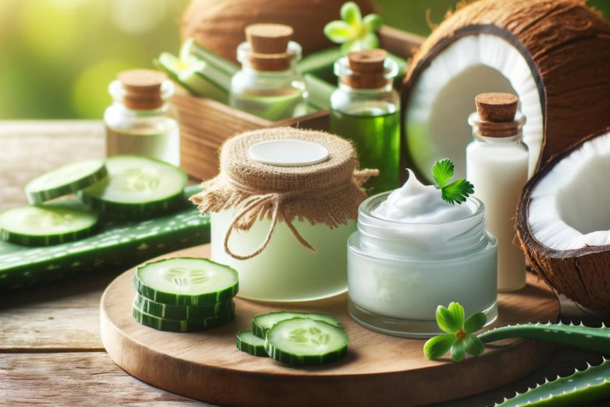
DIY Natural Beauty Treatments for Glowing Summer Skin
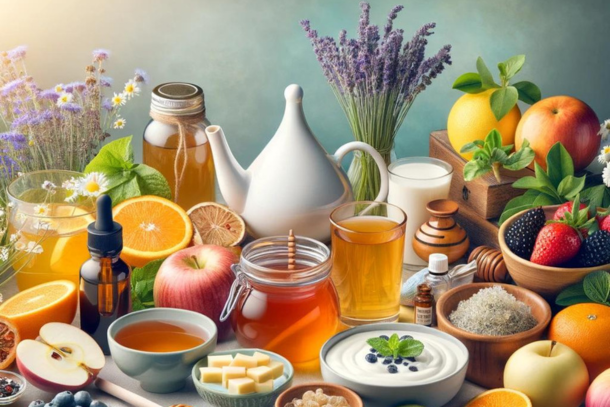
10 Natural Remedies to Combat Summer Allergies
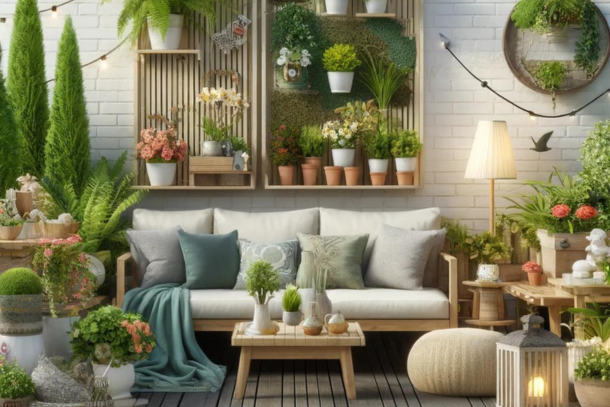
How to Create a Relaxing Outdoor Space for Summer
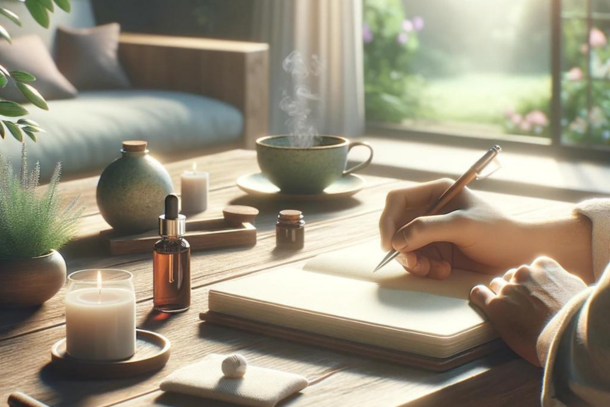
Mindfulness Techniques to Reduce Stress in Your Daily Life
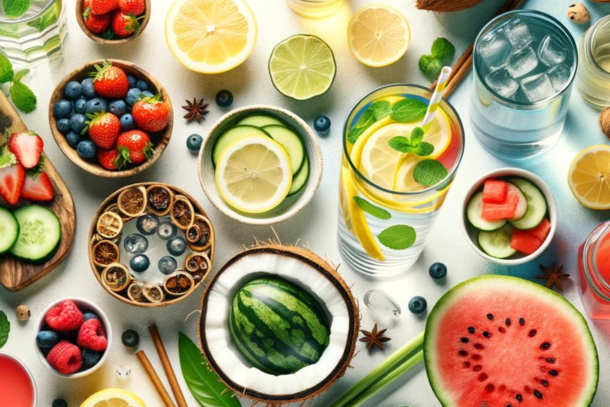
Hydration and Wellness: Natural Ways to Stay Hydrated in Summer
